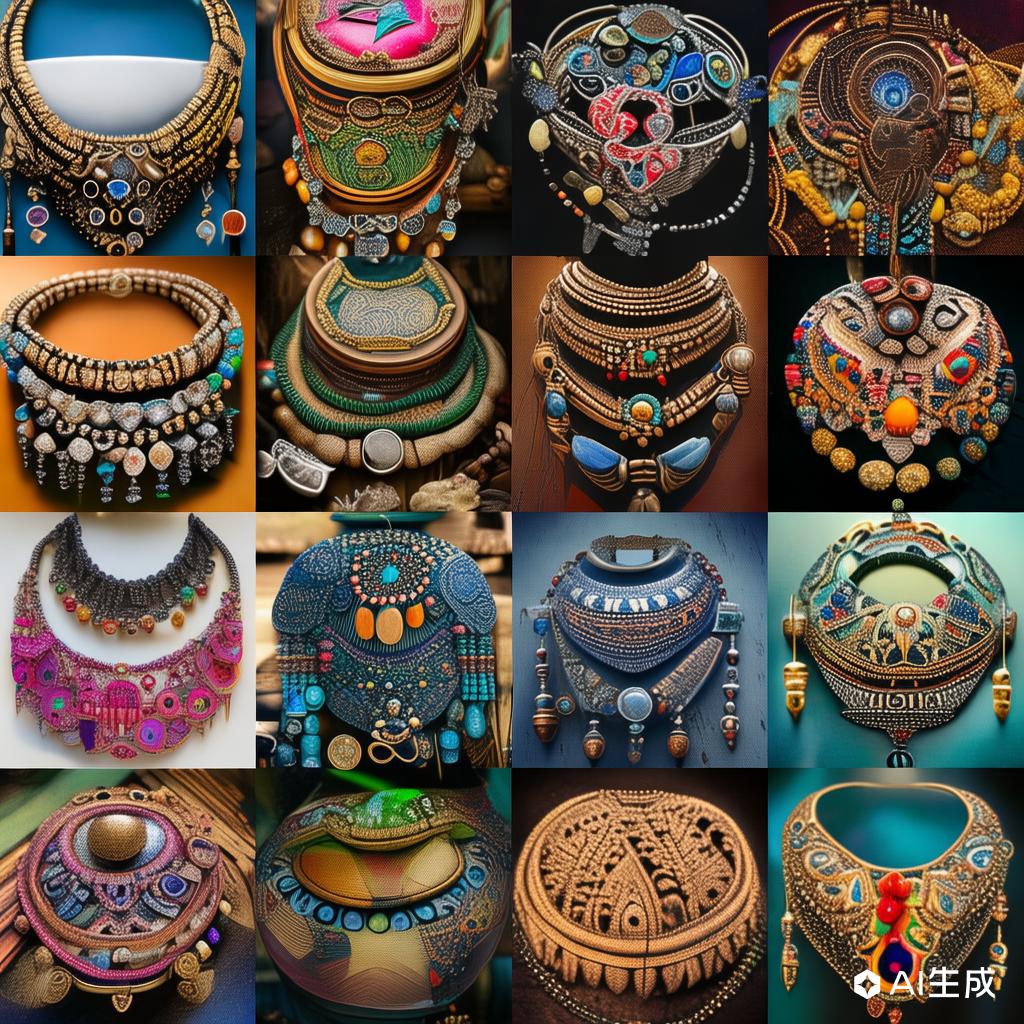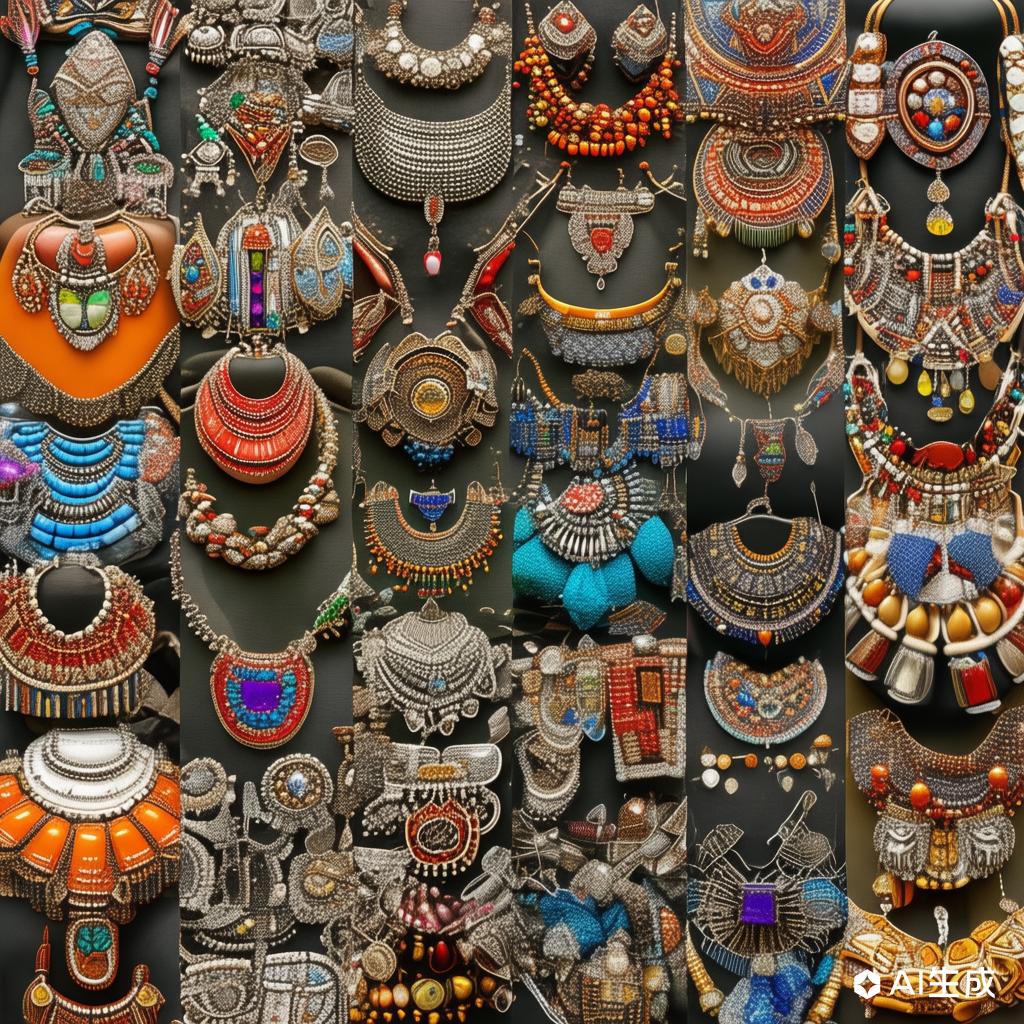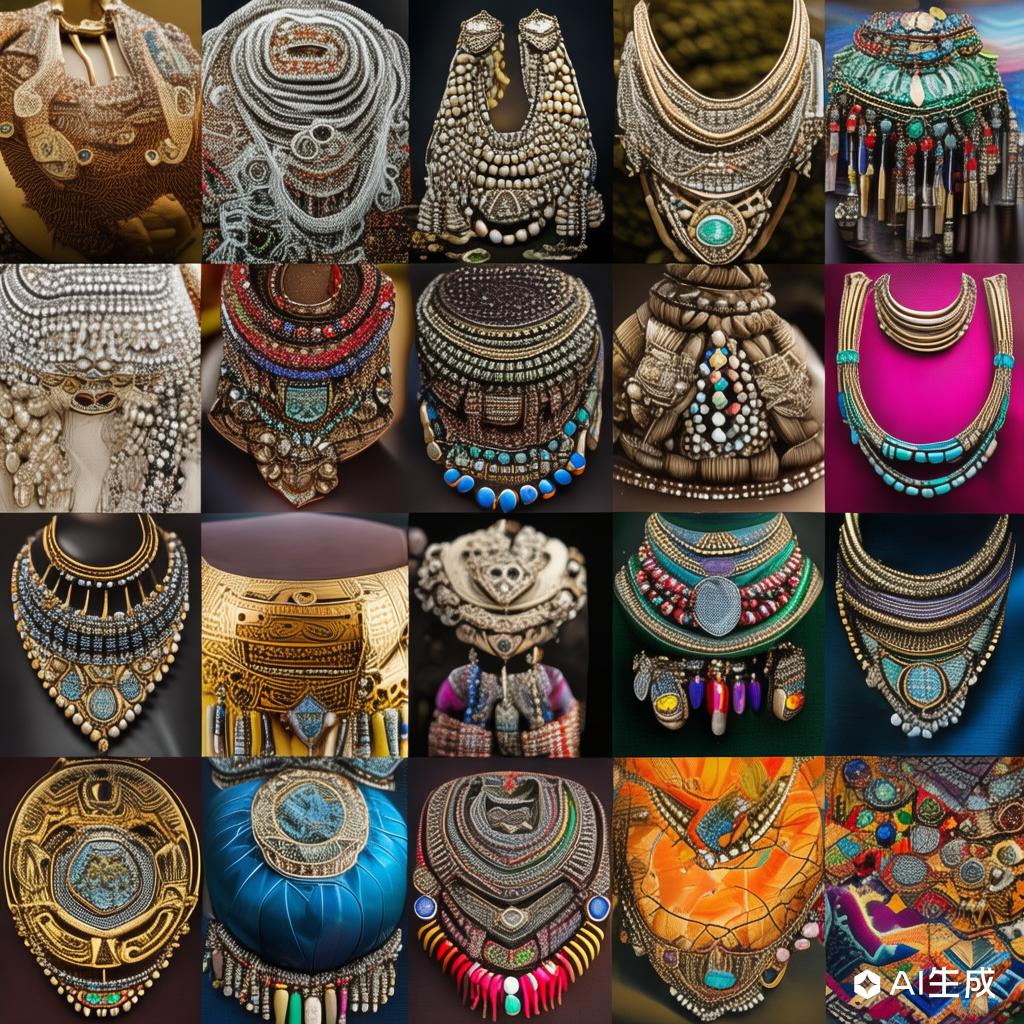Exploring the Rich Tapestry: Regional Cultural Characteristics of Jewelry
Share



Jewelry has always been more than just an accessory; it is a reflection of cultural heritage, regional identity, and artistic expression. Across the globe, different regions boast unique styles and motifs that tell stories of their history, beliefs, and traditions. This article delves into the fascinating world of regional cultural characteristics of jewelry, highlighting some of the most distinctive and influential styles.
**The Opulence of Indian Jewelry**
India, with its rich and diverse cultural tapestry, is renowned for its elaborate and intricate jewelry designs. Gold is the preferred metal, often adorned with precious stones like rubies, emeralds, and sapphires. Traditional pieces such as Kundan, Meenakari, and Jadau showcase the country's craftsmanship. The use of symbolism is prevalent, with each motif holding a specific meaning, such as the peacock representing beauty and the lotus symbolizing purity.
**The Elegance of Italian Jewelry**
Italian jewelry is synonymous with elegance and sophistication. The Renaissance period significantly influenced Italian designs, emphasizing symmetry and intricate details. The city of Florence is particularly famous for its goldsmiths, who create exquisite pieces using techniques like filigree and granulation. The Italian approach to jewelry often involves minimalism, with a focus on high-quality materials and sleek designs.
**The Boldness of African Jewelry**
African jewelry is characterized by its bold and vibrant designs, often incorporating natural materials like wood, bone, and ivory. Beadwork is a significant aspect, with each tribe having its unique patterns and colors. The Maasai people, for example, use brightly colored beads to create intricate necklaces and bracelets that signify social status and age. African jewelry is not just ornamental but also serves as a means of communication and identity.
**The Artistry of Native American Jewelry**
Native American jewelry is deeply rooted in cultural symbolism and natural elements. Silver and turquoise are the primary materials, with pieces like squash blossom necklaces and silver cuffs being iconic. Each tribe has its distinct style, with the Navajo, Zuni, and Hopi being particularly renowned for their craftsmanship. The jewelry often features motifs inspired by nature, such as animals, plants, and celestial bodies.
**The Modernity of Scandinavian Jewelry**
Scandinavian jewelry is known for its minimalist and contemporary designs. The use of clean lines, geometric shapes, and a monochromatic color palette reflects the region's aesthetic sensibilities. Materials like sterling silver and stainless steel are popular, emphasizing functionality and simplicity. Scandinavian jewelry is not just fashionable but also versatile, easily transitioning from casual to formal settings.